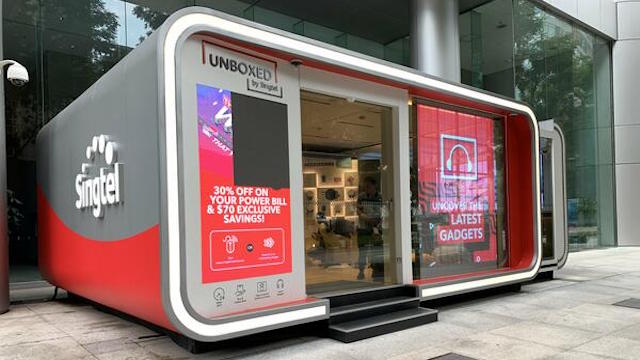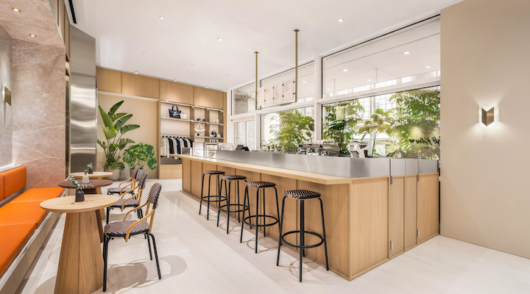New innovative approaches are required for retailers to continue to meet the lofty expectations of today’s connected consumers. Inside Retail’s Top 50 innovative retail leaders ranking is testament to the progress that is being made in Hong Kong. But what does the picture look like for retailers elsewhere in Asia?
Tofugear has just published its annual Asia Digital Transformation Report, in which 150 Asian retail leaders and executives across the region were surveyed on their innovation plans and motivations. In particular, retailers were asked which customer-facing technologies they were prioritising for next year.

The good news for shoppers in Asia is that retailers are focusing on innovations that will help enhance the customer experience and offer increased convenience. While technologies such as drone deliveries and in-store robots might generate bigger headlines, these are not (yet) very scalable and their impact on the overall experience is limited.
So what then are the top three investment priorities for retailers operating in Asia?
1. Scan-and-go technology using mobile apps
Gone are the days of using scanning guns in grocery stores. When it comes to scan-and-go technology, retailers are now looking to leverage the device that most people carry around in their pockets: their mobile phone.
Through mobile native apps, shoppers are able to scan products on their phones as they go around a store. It is clearly a more economical alternative than investing in unmanned store technology and also does not alienate consumers that still value being served by a human.
These days, scan-and-go does not need to be restricted to supermarkets – it can be relevant in sectors such as fashion as well. Research from Tofugear has shown that the next generation of consumers have a ‘do it yourself’ mindset and are actively seeking out retailers that allow them to take control of the shopping experience.

2. Same-day deliveries
In the age of having takeaway food delivered within 30 minutes through apps like Food Panda and Deliveroo, the fulfilment speeds offered by many retailers are not cutting it anymore. Indeed, research by Tofugear has found that slow shipping is a major frustration for a third of Asian consumers.
It is therefore perhaps not surprising that same-day deliveries are now such a pressing issue for retailers. However, this might be a bigger priority in some markets than others.
Hong Kong is arguably behind the curve when it comes to fulfilment speeds. Meanwhile countries like Japan are already accustomed to high demand for same day deliveries, prompting Amazon to recently set up its own network of Uber-like delivery drivers there to support its ‘Prime Now’ offer.

3. In-store shoppable screens
Being ‘omnichannel’ is about so much more than opening a click-and-collect area in your store. It means empowering shoppers to get their hands on products through any way they desire. With out of stock items being one of the biggest pain points when shopping in stores, it seems a no brainer to launch in-store shoppable screens that allow customers to order from other stores or from the online channel for home delivery.
To launch these screens, retailers need to be fairly advanced in their digital transformation journeys. They need to have real-time insight into their stock positions across all channels, which then allows each store to effectively become an order and fulfilment hub.

Download the 2019 Asia Digital Transformation Report to find out:
- Top technologies retailers in Asia are prioritising over the coming years
- How technology partnerships are allowing retailers to outpace their competitors
- What approaches retailers are taking to foster innovation and create more agile organisations
- How the adoption of artificial intelligence by Asian retailers is gaining traction






